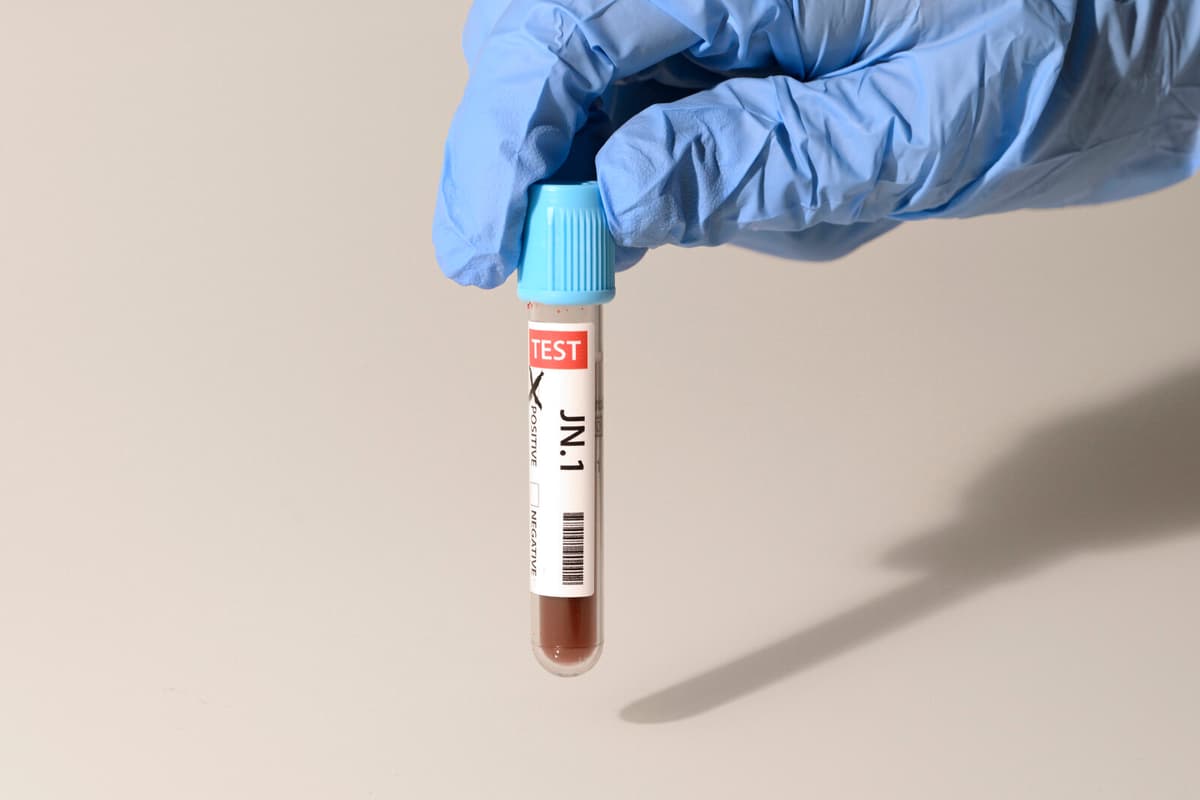The Transport Agency's rules for revoking driver's licenses due to suspected alcohol abuse or excessive consumption have existed since 2016 – but it is only recently that they have been taken seriously.
In several media outlets, individuals have testified about how they have had their driver's licenses revoked because they had too high a value on the so-called peth-test, a blood test that shows alcohol consumption over the past few weeks.
"Individual uncertainty"
If doctors report at least two test results of more than 0.3 mol per liter of patient to the Transport Agency, it can lead to a revoked driver's license. A comprehensive assessment is made by the Transport Agency's doctors. Last year, around 40 driver's licenses were revoked due to only too high peth-values.
The doctor in healthcare normally has a dialogue with the patient in a primary stage. If the doctor still assesses that the person is not suitable to have a driver's license, they can report. The doctor can also agree with the patient on a driving ban. If the patient refuses to continue the investigation, the doctor must report to the Transport Agency, says Katarina Norén.
To achieve a test value above 0.3 mol requires that one drinks a very large amount of alcohol over a longer period. On its website, the Transport Agency states examples of approximately 28–42 standard glasses of wine or approximately 21–28 cans of strong beer per week.
Sven Andréasson, adjunct professor with research focused on, among other things, alcohol consumption, believes that consideration is not given to the variations that exist in the results of peth-tests.
A problem is that there is a lot of individual uncertainty. It can vary a lot depending on genetic conditions, and there are also variations in when the test is taken in relation to when one last drank.
You must know the pattern of drinking. If you drink a large amount in a short time, you get a higher value than if you drink the same amount over a longer period.
"Good margin"
Senior physician David Grönte, who is also a specialist in addiction medicine, believes that doctors report to the Transport Agency in an overly hasty manner.
They press the prohibition button when they should press the warning button. Some doctors seem to have made it a system. The gray area value is between 0.3 and 1. The normal distribution makes me think it's hard to convict anyone in individual cases, he says.
Katarina Norén agrees that there are individual variations to take into account, but she says that the Transport Agency "leans on healthcare" and that the limit value of 0.3 is set with a good margin. Furthermore, the recommendation is to take two tests with many weeks in between.





